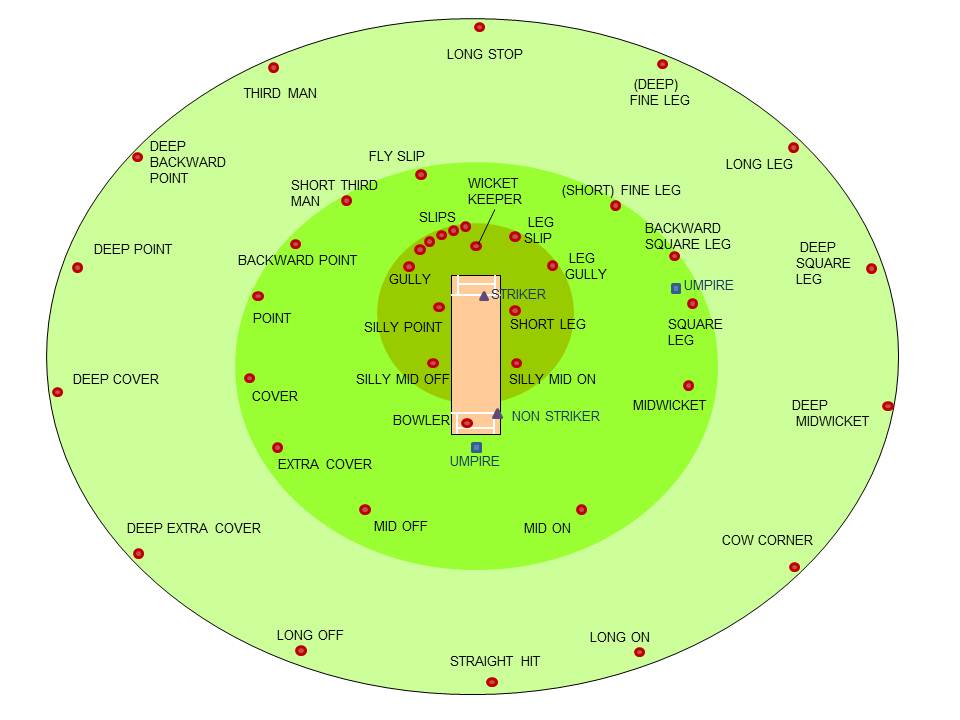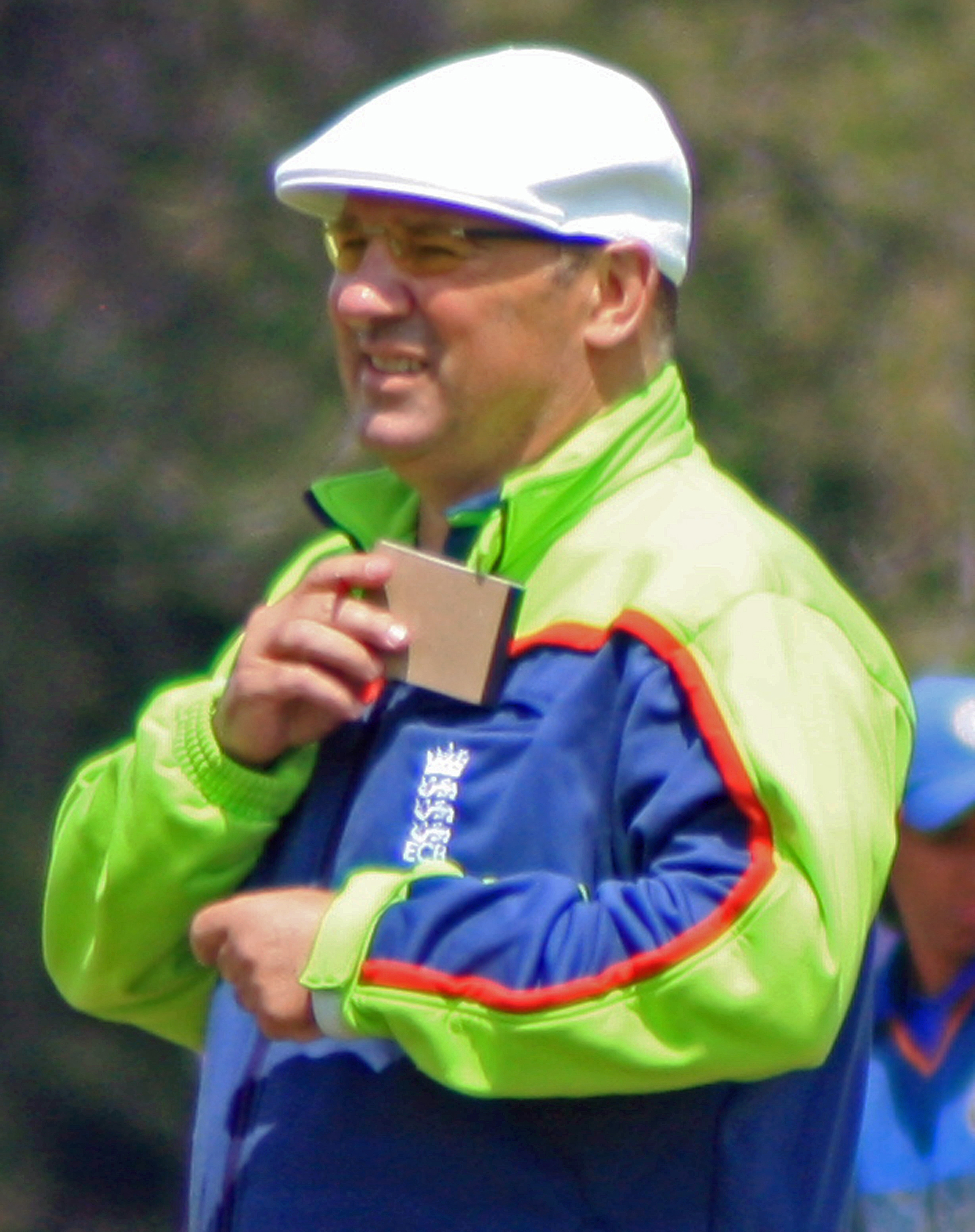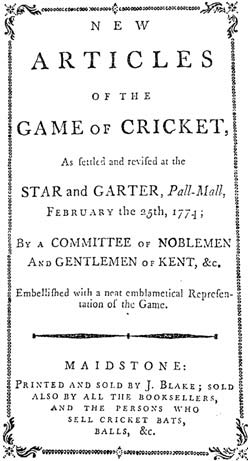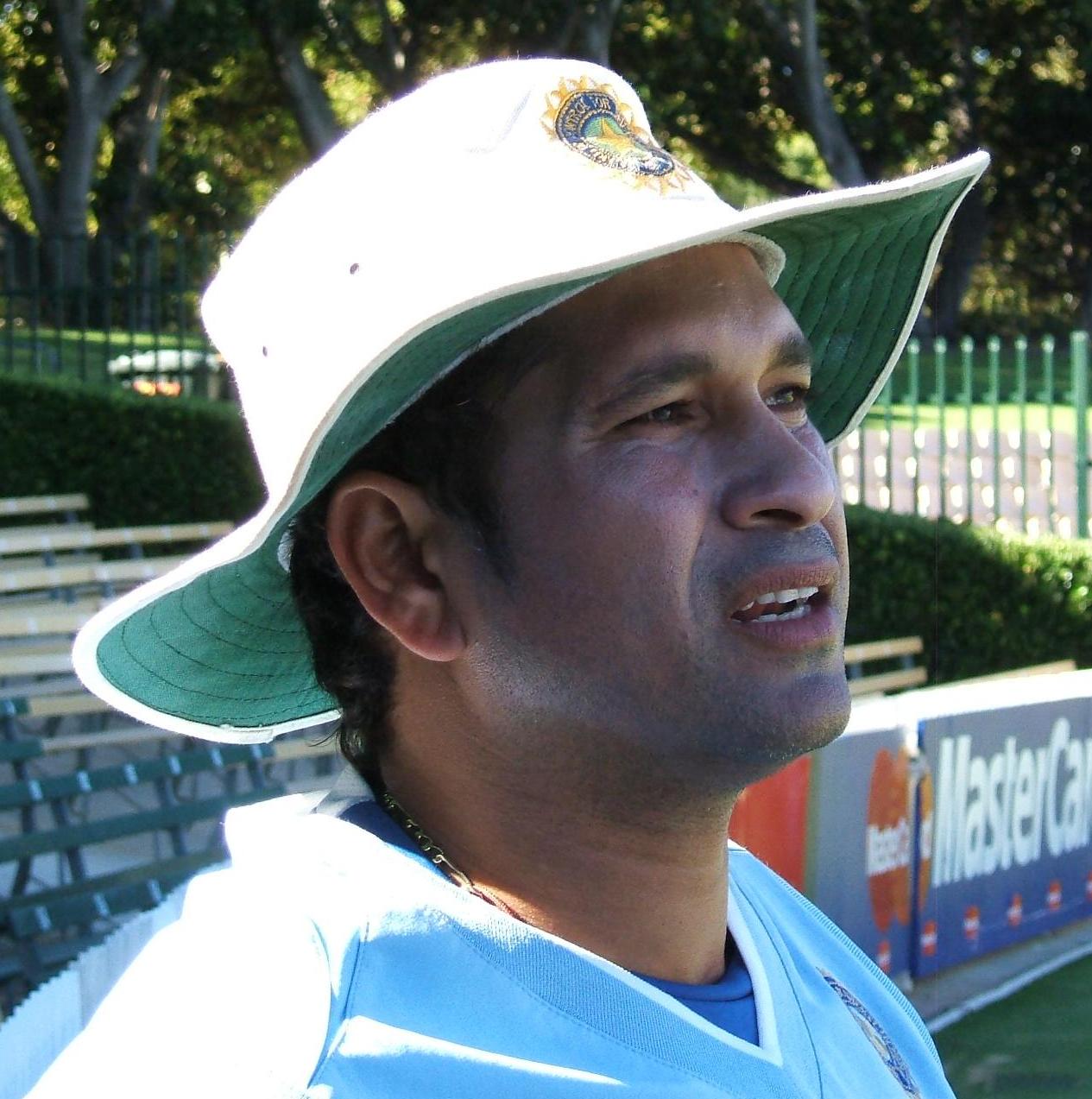|
Scorer
In cricket, a scorer is someone appointed to record all runs scored, all wickets taken and, where appropriate, the number of overs bowled. In professional games, in compliance with Law 3 of the ''Laws of Cricket'', two scorers are appointed, most often one provided by each team. The scorers have no say in whether runs are scored, wickets taken or overs bowled. This is the job of the umpires on the field of play, who signal to the scorers in cases of ambiguity such as when runs are to be given as extras rather than credited to the batsmen, or when the batsman is to be awarded a boundary 4 or 6. So that the umpire knows that they have seen each signal, the scorers are required to immediately acknowledge it. While it is possible to keep score using a pencil and plain paper, scorers often use pre-printed scoring books, and these are commercially available in many different styles. Simple score books allow the recording of each batsman's runs, their scores and mode of dismissal, ... [...More Info...] [...Related Items...] OR: [Wikipedia] [Google] [Baidu] |
Bill Frindall
William Howard Frindall, (3 March 1939 – 30 January 2009) was an English cricket scorer and statistician, who was familiar to cricket followers as a member of the Test Match Special commentary team on BBC radio. He was nicknamed the Bearded Wonder (shortened to Bearders) by Brian Johnston for his ability to research the most obscure cricketing facts in moments, while continuing to keep perfect scorecards and because he had a beard. Angus Fraser described Frindall as "the doyen of cricket scorers" in his obituary in ''The Independent''.Obituary '''', 3 February 2009 Early life Frindall was born in |
Cricket
Cricket is a Bat-and-ball games, bat-and-ball game played between two Sports team, teams of eleven players on a cricket field, field, at the centre of which is a cricket pitch, pitch with a wicket at each end, each comprising two Bail (cricket), bails (small sticks) balanced on three stump (cricket), stumps. Two players from the Batting (cricket), batting team, the striker and nonstriker, stand in front of either wicket holding Cricket bat, bats, while one player from the Fielding (cricket), fielding team, the bowler, Bowling (cricket), bowls the Cricket ball, ball toward the striker's wicket from the opposite end of the pitch. The striker's goal is to hit the bowled ball with the bat and then switch places with the nonstriker, with the batting team scoring one Run (cricket), run for each of these swaps. Runs are also scored when the ball reaches the Boundary (cricket), boundary of the field or when the ball is bowled Illegal delivery (cricket), illegally. The fielding tea ... [...More Info...] [...Related Items...] OR: [Wikipedia] [Google] [Baidu] |
Johann Gottlieb Jackschon
Johann Gottlieb Jackschon (23 January 1846 – 10 July 1931) was an Australian cricket scorer. He served as scorer for the New South Wales cricket team at various times over a period of around 40 years. On several occasions, he took the innovative step of making a separate memorandum recording the number of balls faced and runs scored by each batsman off each bowler, unlike scoring in a conventional scorebook but similar to the modern linear system of scoring. Jackschon was born in Maust, in Teichland north of Cottbus, Spree-Neiße, Prussia (now in eastern Germany). He emigrated to Australia with his parents and two older sisters, arriving in Sydney in August 1852 on the brig ''Reiherstieg''. The family settled in Grafton, about north of Sydney. One of his sisters later married a police constable Henry Bassman; the other married Joseph Kempnich, who ran a sugar mill. In his earlier years, Jackschon played cricket as wicketkeeper for teams in Warwick and Albert, playing h ... [...More Info...] [...Related Items...] OR: [Wikipedia] [Google] [Baidu] |
Bill Ferguson (cricket Scorer)
William Henry Ferguson (6 June 1880 – 22 September 1957) is one of the best-known cricket scorers. For 52 years from 1905 until his death, Ferguson acted as the scorer and baggageman for Australia, England, West Indies, South Africa and New Zealand in 43 tours and 208 Test matches. He is often credited with two of the most revolutionary innovations in scoring. He developed the radial scoring chart, which shows the directions in which a batsman scored his runs. Originally called "Ferguson's charts", they are now popularly known as "wagon-wheels". He was one of the first scorers to use a linear system of scoring which, unlike the conventional system, keeps track of the balls faced by a batsman and off a particular bowler. In order to record such details, including the times of significant events during an innings, he designed his own scoring books – "which contain dat least twice as much information as any other in the world" – and had them printed at his own expense. ... [...More Info...] [...Related Items...] OR: [Wikipedia] [Google] [Baidu] |
Umpire (cricket)
In cricket, an umpire (from the Old French meaning not a peer, i.e. not a member of one of the teams, impartial) is a person who has the authority to make decisions about events on the cricket field according to the ''Laws of Cricket''. Besides making decisions about legality of delivery, appeals for wickets and general conduct of the Game in a legal manner, the umpire also keeps a record of the deliveries and announces the completion of an over. The umpires in cricket are not to be confused with the referee who usually presides only over international matches and makes no decisions affecting the outcome of the game. Overview Traditionally, cricket matches have two umpires on the field, one standing at the end where the bowler delivers the ball (bowler's end), and one directly opposite the facing batsman (usually, but not always, at square leg). However, in the modern game, there may be more than two umpires; for example Test Matches have four: two on-field umpires, a thir ... [...More Info...] [...Related Items...] OR: [Wikipedia] [Google] [Baidu] |
Association Of Cricket Officials
The Association of Cricket Officials (ACO) is an organisation set up to represent and support cricket officials, especially Umpire (cricket), umpires and Scoring (cricket), scorers. It operates under the auspices of the England and Wales Cricket Board (ECB) and is often referred to as the "ECB ACO" or similar. Current membership (as of March 2015) is "near 8,000". Formation The ACO was formed on 1 January 2008 as a result of members of the Association of Cricket Umpires and Scorers (ACU&S) having voted in favour of their organisation amalgamating with the ECB Officials Association (ECB OA). When the association was formed, an Interim Board was set up to get the new organisation rolling. Roger Knight was appointed as Chairman of the Interim Board, and has remained the ACO chairman since. Membership The association has the following membership categories, with respective subscription rates, as of March 2015: *Full member: £30 direct debit / £32 cheque *Associate member: £15 ... [...More Info...] [...Related Items...] OR: [Wikipedia] [Google] [Baidu] |
Laws Of Cricket
The ''Laws of Cricket'' is a code that specifies the rules of the game of cricket worldwide. The earliest known code was drafted in 1744. Since 1788, the code has been owned and maintained by the private Marylebone Cricket Club (MCC) in Lord's Cricket Ground, London. There are currently 42 Laws (always written with a capital "L"), which describe all aspects of how the game is to be played. MCC has re-coded the Laws six times, each with interim revisions that produce more than one edition. The most recent code, the seventh, was released in October 2017; its 3rd edition came into force on 1 October 2022. Formerly cricket's official governing body, the MCC has handed that role to the International Cricket Council (ICC). But MCC retains copyright of the Laws and remains the only body that may change them, although usually this is only done after close consultation with the ICC and other interested parties such as the Association of Cricket Umpires and Scorers. Cricket is one of th ... [...More Info...] [...Related Items...] OR: [Wikipedia] [Google] [Baidu] |
John Atkinson Pendlington
John Atkinson Pendlington (September 1861 – 15 January 1914) was the inventor of a linear scoring system for cricket before 1893. Unlike conventional scoring systems, the linear system shows balls faced by each batsman from each bowler. Until recently, the linear system was believed to have been developed more recently by Australian scorer Bill Ferguson in around 1905. Any link between the linear scoring systems used by Ferguson and Pendlington remain unclear. Private life Pendlington was born in South Shields, County Durham, in 1861. He played cricket for Benwell in the Northumberland League. He married Annie Dickinson Topping in 1886. They had at least two children, a son John Robert Pendlington in 1891 and a daughter Mary Florence Pendlington in 1892. He was one of two partners who established Tyneside Electrical Supply Company in 1893, which became the British Electrical and Manufacturing Company (Bemco) in 1908. He died in 1914 and was buried at St James's church in B ... [...More Info...] [...Related Items...] OR: [Wikipedia] [Google] [Baidu] |
Batsman (cricket)
In cricket, batting is the act or skill of hitting the ball with a bat to score runs and prevent the loss of one's wicket. Any player who is currently batting is, since September 2021, officially referred to as a batter regardless of whether batting is their particular area of expertise. Historically, ''batsman'' and ''batswoman'' were used, and these terms remain in widespread use. Batters have to adapt to various conditions when playing on different cricket pitches, especially in different countries; therefore, as well as having outstanding physical batting skills, top-level batters will have quick reflexes, excellent decision-making skills, and be good strategists. During an innings two members of the batting side are on the pitch at any time: the one facing the current delivery from the bowler is called the striker, while the other is the non-striker. When a batter is out, they are replaced by a teammate. This continues until the end of the innings, which in most cases ... [...More Info...] [...Related Items...] OR: [Wikipedia] [Google] [Baidu] |
Bowler (cricket)
Bowling, in cricket, is the action of throwing, propelling the cricket ball, ball toward the wicket defended by a batter. A player skilled at bowling is called a ''bowler''; a bowler who is also a competent :Batting (cricket), batter is known as an all-rounder. Bowling the ball is distinguished from throwing (cricket), ''throwing'' the ball by a strictly specified biomechanical definition, which restricts the angle of extension of the elbow. A single act of bowling the ball towards the batter is called a ''ball'' or a ''delivery (cricket), delivery''. Bowlers bowl deliveries in sets of six, called an ''over (cricket), over''. Once a bowler has bowled an over, a teammate will bowl an over from the other end of the pitch. The Laws of Cricket govern how a ball must be bowled. If a ball is bowled illegally, an umpire (cricket), umpire will rule it a ''no-ball''. If a ball is bowled too wide of the striker for the batter to be able to play at it with a proper cricket shot, the bowler' ... [...More Info...] [...Related Items...] OR: [Wikipedia] [Google] [Baidu] |
No-ball
In cricket, a no-ball (in the Laws and regulations: "No ball") is a type of illegal delivery to a batter (the other type being a wide). It is also a type of extra, being the run awarded to the batting team as a consequence of the illegal delivery. For most cricket games, especially amateur, the definition of all forms of no-ball is from the MCC ''Laws of Cricket.'' Originally "no Ball" was called when a bowler overstepped the bowling crease, requiring them to try again to bowl a fair ball. As the game developed, "No ball" has also been called for an unfair ball delivered roundarm, overarm or thrown, eventually resulting in today's overarm bowling being the only legal style. Technical infringements, and practices considered unfair or dangerous, have been added for bowling, field placement, fielder and wicket-keeper actions. "No-ball" has become a passage of play. The delivery of a no-ball results in one run – two under some regulations – to be added to the batt ... [...More Info...] [...Related Items...] OR: [Wikipedia] [Google] [Baidu] |
Bye (cricket)
In cricket, a bye is a type of extra. It is a run scored by the batting team when the ball has not been hit by the batter and the ball has not hit the batter's body. Scoring byes Usually, if the ball passes the batter without being deflected, the wicket-keeper will catch it. This normally prevents the scoring of runs, because the batters will be unable to complete a run before being stumped or run out by the wicket-keeper. However, if the wicket-keeper fumbles or misses the ball, the batters may be able to score runs safely. These runs are scored as byes: they are added to the team's total, but not to the numbers of runs scored by either batter. If the wicket-keeper misses the ball and it travels all the way to the boundary, the batting team scores four byes, just as if the batter had hit the ball to the boundary for four runs. In the virtually impossible case that a bouncer bounces so high that it flies directly over the boundary without touching the ground, only 4 byes are ... [...More Info...] [...Related Items...] OR: [Wikipedia] [Google] [Baidu] |







